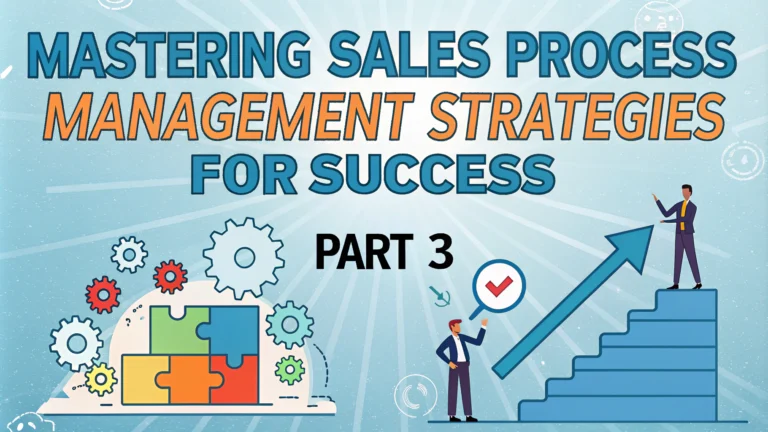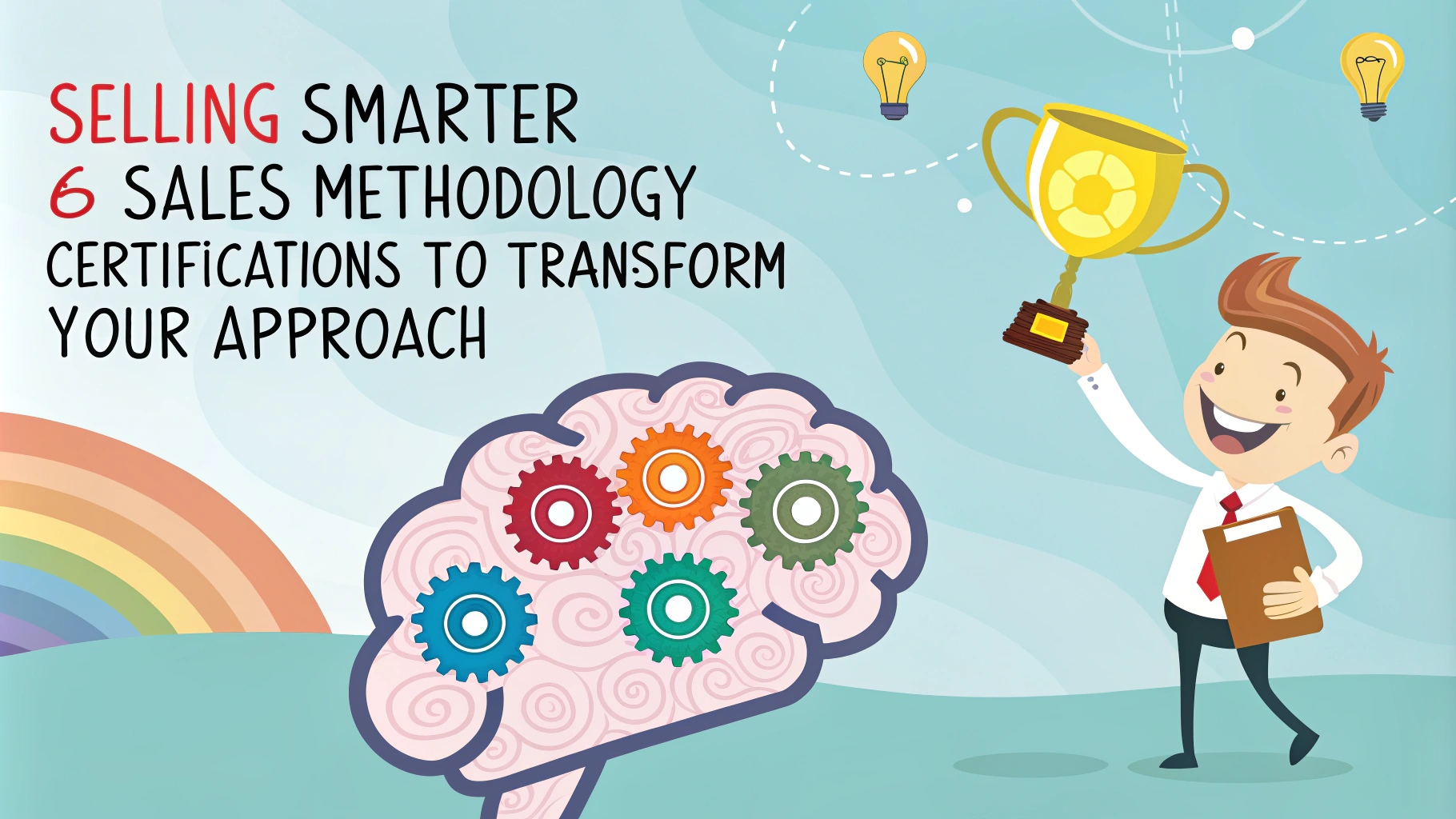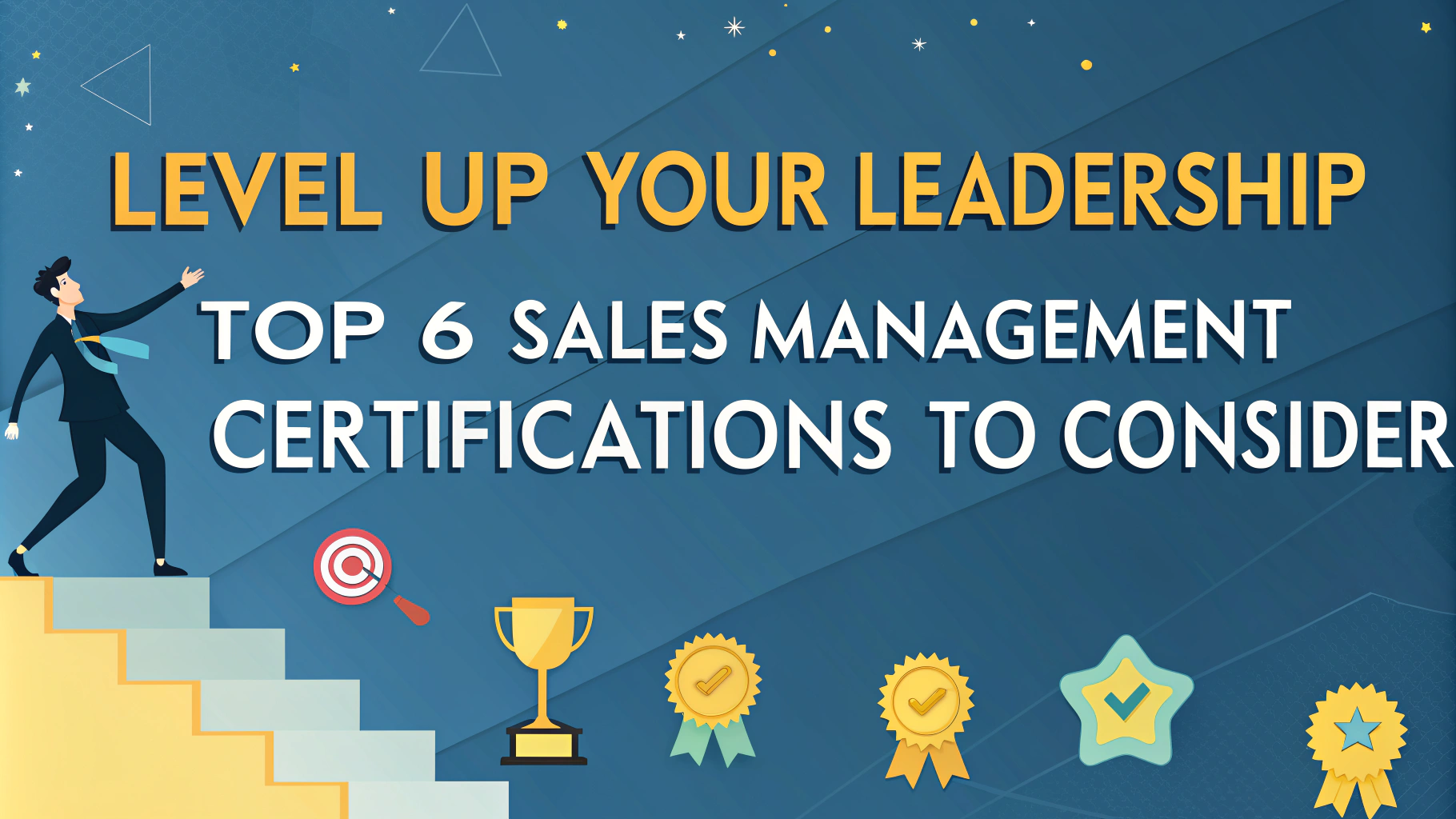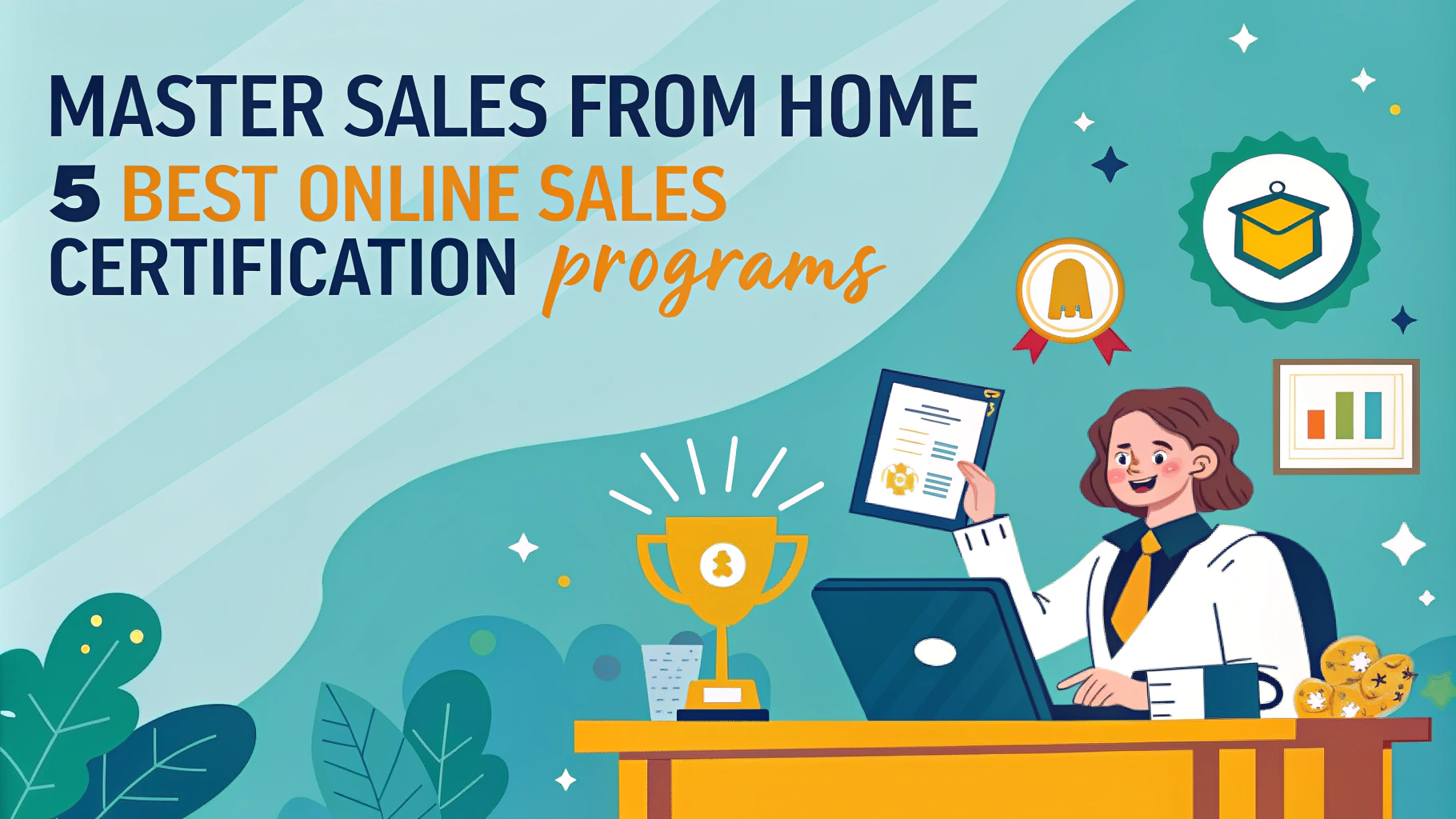Effective sales process management can make or break a company’s success. This article explores strategies to optimize your sales workflow, boost team performance, and increase conversions.
We’ll cover key aspects of sales process management, including:
- Defining and mapping your sales process
- Implementing automation and technology
- Training and coaching your sales team
- Measuring and analyzing performance metrics
Defining and Mapping Your Sales Process
A well-defined sales process is the foundation of successful sales management. To create an effective roadmap:
- Identify key stages: Outline the main steps in your sales cycle, from lead generation to closing deals.
- Document activities: List specific tasks and actions for each stage.
- Set clear objectives: Define goals and desired outcomes for each step.
- Create a visual flowchart: Use a diagram to illustrate the process flow and decision points.
By mapping out your sales process, you’ll gain a clear understanding of how leads move through your pipeline and identify areas for improvement.
Implementing Automation and Technology
Leverage technology to streamline your sales process and free up your team’s time for high-value activities:
- Customer Relationship Management (CRM) software: Centralize customer data and track interactions.
- Email automation: Set up triggered email sequences for lead nurturing.
- Sales intelligence tools: Gather insights on prospects and companies to inform your outreach.
- E-signature solutions: Simplify contract signing and reduce closing time.
When selecting tools, prioritize those that integrate well with your existing systems and offer robust reporting capabilities.
Training and Coaching Your Sales Team
Equip your sales team with the skills and knowledge they need to excel:
- Onboarding program: Develop a comprehensive training plan for new hires.
- Regular skill-building sessions: Conduct workshops on specific sales techniques and tools.
- Role-playing exercises: Practice handling objections and difficult scenarios.
- Peer learning: Encourage team members to share best practices and success stories.
Implement a mentorship program to pair experienced sales reps with newer team members for ongoing support and guidance.
Measuring and Analyzing Performance Metrics
Track key performance indicators (KPIs) to gauge the effectiveness of your sales process and identify areas for improvement:
- Conversion rates: Measure the percentage of leads that progress through each stage of your sales funnel.
- Average deal size: Monitor the typical value of closed deals to spot upselling opportunities.
- Sales cycle length: Track the time it takes to close deals and work on reducing it.
- Win rate: Calculate the percentage of opportunities that result in closed deals.
Use data visualization tools to create dashboards that offer real-time insights into your team’s performance. Regularly review these metrics with your sales team to set goals and drive continuous improvement.
Leveraging Social Media for Lead Generation
Social media platforms offer powerful tools for generating high-quality leads:
- LinkedIn: Use LinkedIn Sales Navigator to find and connect with decision-makers in your target industries.
- Twitter: Monitor relevant hashtags and engage in industry conversations to build relationships.
- Facebook: Create targeted ad campaigns to reach potential customers based on demographics and interests.
- Instagram: Showcase your products or services through visually appealing posts and stories.
Develop a content strategy that provides value to your audience and encourages engagement. Share industry insights, how-to guides, and customer success stories to establish credibility and attract potential leads.
Personalizing Your Sales Approach
Tailoring your sales approach to each prospect’s unique needs and preferences can significantly boost conversion rates:
- Research: Gather information about the prospect’s company, industry, and pain points before making contact.
- Customize pitches: Adapt your sales presentations to address specific challenges and goals.
- Use account-based marketing: Develop targeted campaigns for high-value accounts.
- Leverage data: Use CRM data to personalize follow-up communications and offers.
Implement a lead scoring system to prioritize prospects and tailor your outreach efforts based on their likelihood to convert.
Optimizing Your Follow-up Strategy
A well-executed follow-up strategy can make the difference between closing a deal and losing a potential customer:
- Timing: Reach out promptly after initial contact, but avoid being pushy.
- Multi-channel approach: Use a mix of email, phone calls, and social media to stay in touch.
- Provide value: Share relevant content or insights in your follow-up communications.
- Set clear next steps: Always end interactions with a specific action plan or scheduled follow-up.
Create a follow-up schedule template to ensure consistent and timely communication with prospects throughout the sales cycle.
Continuous Improvement and Adaptation
To maintain a competitive edge, your sales process should evolve with changing market conditions and customer needs:
- Regular reviews: Schedule quarterly assessments of your sales process and performance metrics.
- Customer feedback: Gather insights from both won and lost deals to identify areas for improvement.
- Industry trends: Stay informed about new sales techniques and technologies in your sector.
- A/B testing: Experiment with different approaches to messaging, outreach methods, and sales collateral.
Foster a culture of innovation within your sales team by encouraging experimentation and rewarding creative problem-solving.
By implementing these strategies, you can create a more efficient and effective sales process that adapts to changing market conditions and customer needs. Remember that optimization is an ongoing effort, and regularly assessing and refining your approach will help you stay ahead of the competition and achieve long-term success in your sales efforts.





